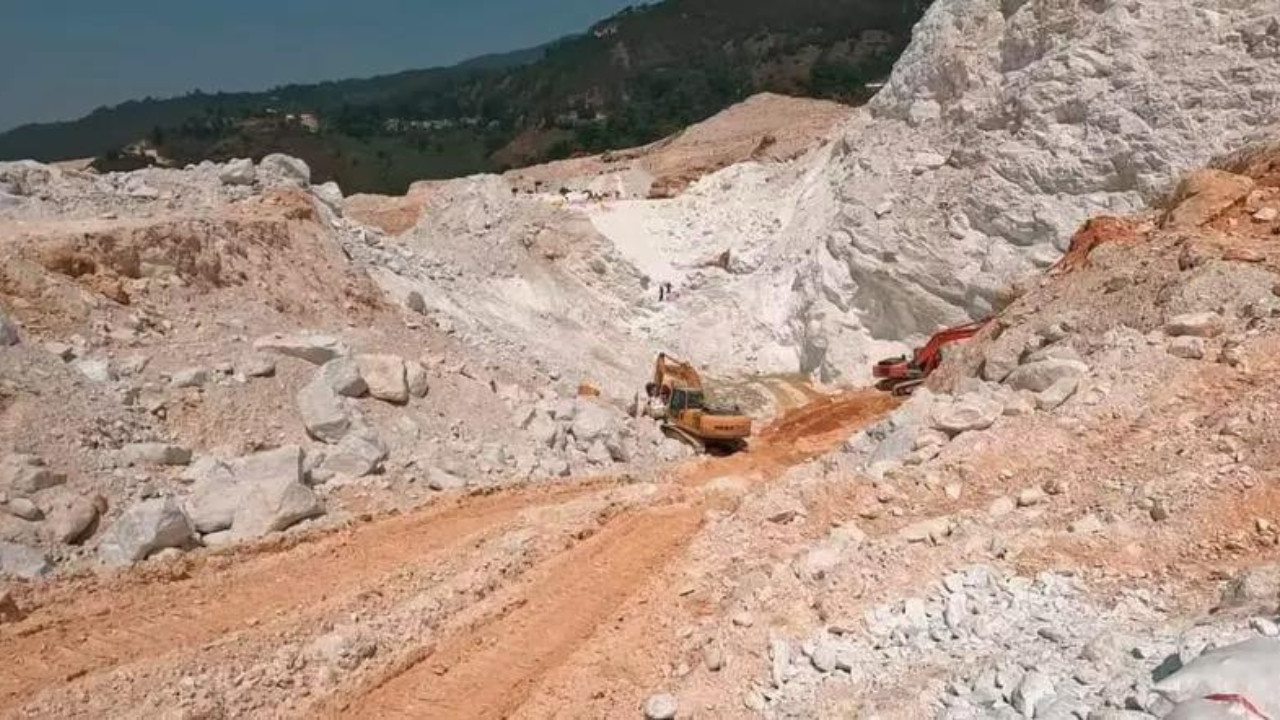Jammu & Kashmir is set to witness its first-ever auction of seven limestone blocks on Monday, a significant step under new mining reforms. These deposits, spanning over 314 hectares, are crucial for cement and construction industries. The transparent, technology-driven process aims to boost employment, industrial growth, and local revenue, contributing to J&K’s economic development and the Viksit Bharat 2047 vision.
Jammu & Kashmir Opens Doors to Limestone Mining: A New Chapter Begins
The hills of Jammu & Kashmir are stirring with anticipation, not just for the breathtaking views, but for something far more substantial simmering beneath the surface: limestone. For the first time, the region is gearing up to auction off seven limestone blocks, marking a pivotal shift in its industrial landscape and potentially reshaping its economic future. This isn’t just about digging up rocks; it’s about unlocking potential.
For years, the mineral wealth of Jammu & Kashmir remained largely untapped, hindered by various factors ranging from bureaucratic hurdles to logistical challenges. Now, with the central government invoking the Mines and Minerals (Development and Regulation) Act (MMDR), the path is being cleared for a faster, more streamlined rollout of mining operations. What does this mean in real terms? Think quicker approvals, reduced red tape, and a more investor-friendly environment.
The auction of these seven limestone blocks represents a significant step forward. Imagine the possibilities: new jobs, increased revenue, and the development of ancillary industries. Limestone, a crucial ingredient in cement production, construction, and various other manufacturing processes, is poised to become a cornerstone of Jammu & Kashmir’s economic growth.

But why now? What’s driving this sudden push for limestone mining? Several factors are at play. Firstly, there’s a growing demand for limestone across India, fueled by the nation’s rapid infrastructure development. Secondly, the government is keen to diversify the economy of Jammu & Kashmir, creating new opportunities for its residents. And thirdly, the improved security situation in the region has made it a more attractive destination for investment.
The MMDR Act plays a crucial role in all of this. By streamlining the auction process and ensuring transparency, it encourages greater participation from both domestic and international players. This not only maximizes the revenue generated from the auctions but also ensures that mining operations are conducted in a sustainable and environmentally responsible manner. It’s about balancing economic progress with ecological preservation.
Think of the ripple effect this could have. The availability of locally sourced limestone could significantly reduce the cost of construction materials, making housing more affordable and infrastructure projects more viable. It could also attract investment in related industries, creating a cluster effect that benefits the entire region. From cement plants to steel mills, the possibilities are vast.
Of course, there are challenges to overcome. Mining operations can have a significant environmental impact if not managed properly. It’s crucial to implement strict regulations and monitoring mechanisms to minimize pollution, protect water resources, and preserve biodiversity. The long-term sustainability of these ventures depends on a commitment to responsible mining practices.
Furthermore, the local communities must be involved in the decision-making process. Their concerns and perspectives need to be taken into account to ensure that mining operations benefit everyone, not just a select few. Fair compensation, job opportunities, and community development initiatives are essential to building trust and fostering a positive relationship between mining companies and the local population. We’ve explored similar models in other resource-rich regions; for example, read about [Sustainable Mining Practices in Jharkhand](internal-link-to-related-article) for a different perspective on balancing industry and environment.
The auction of these limestone blocks is more than just a business transaction. It’s an opportunity to transform the economic landscape of Jammu & Kashmir, creating jobs, generating revenue, and fostering sustainable development. It’s a chance to unlock the region’s potential and build a brighter future for its residents. The coming months will be crucial as the auction process unfolds and mining operations get underway.
The impact of this push for limestone mining remains to be seen in its entirety, but early signs point towards substantial growth opportunities for Jammu & Kashmir. It marks a significant chapter in the region’s economic evolution, one that will hopefully pave the way for a more prosperous and sustainable future. The success of this venture hinges on responsible practices, community engagement, and a long-term vision for the region’s development.







